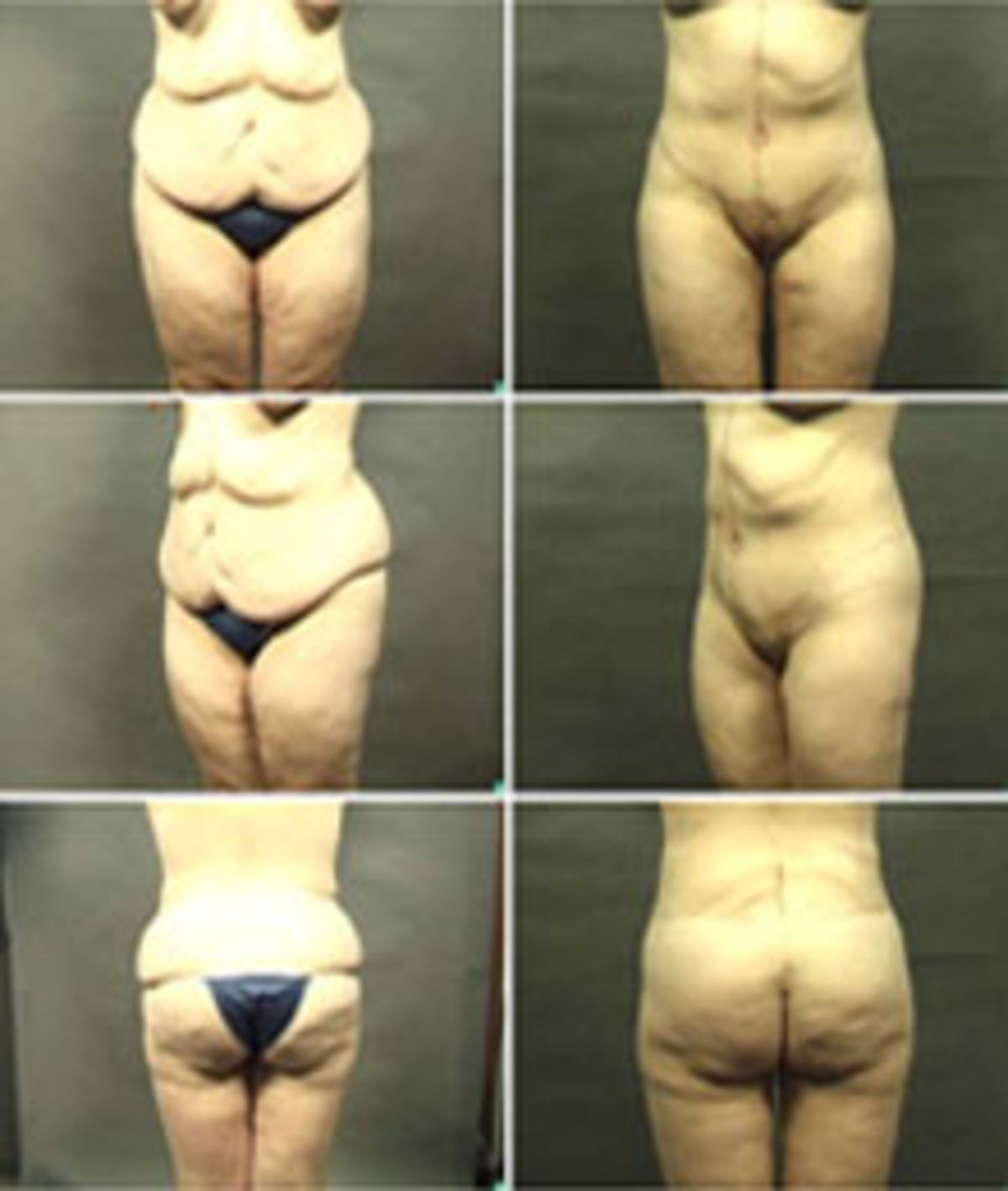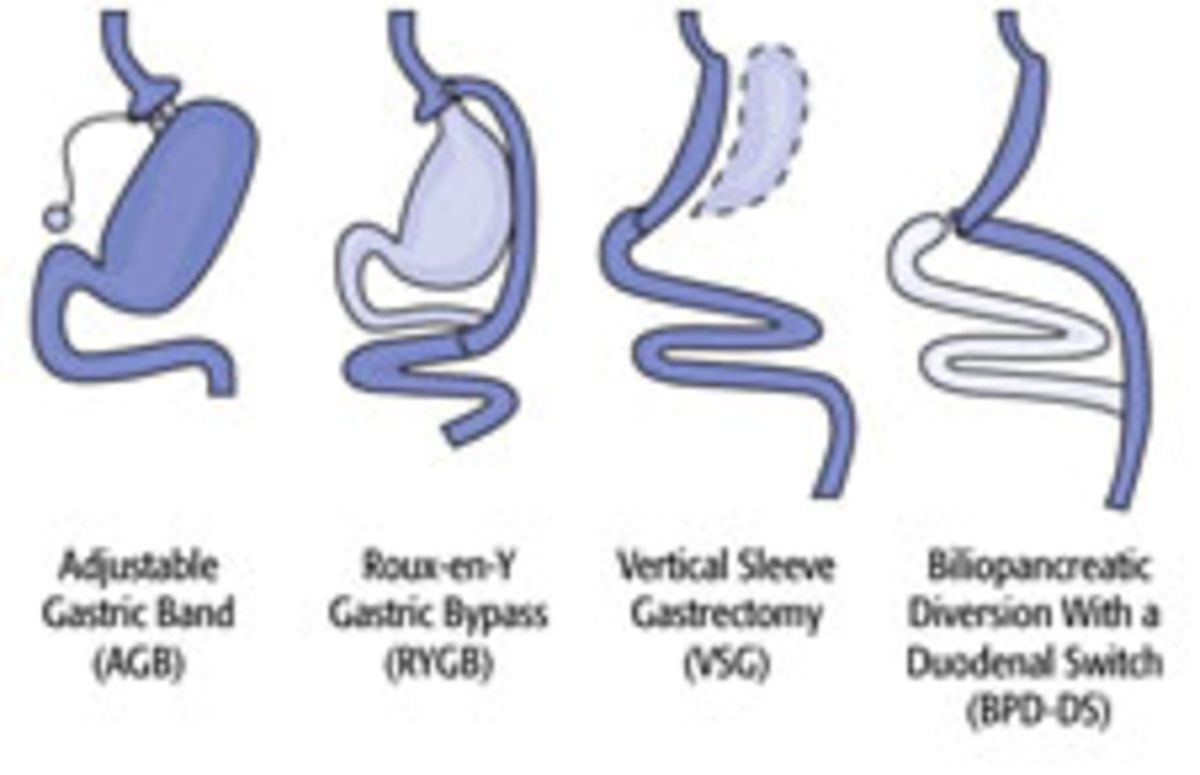+91 8283915985 | Mon-Sun 9am to 7pm |
+91 8283915985 | Mon-Sun 9am to 7pm |

Dr. Rahul Goyal noticed that many people who have lost 100 pounds or more are overjoyed at their success. After losing a lot of weight, though, you still may have loose, heavy folds of skin left as a reminder of your
former self.
Plastic surgery can remove the extra skin and improve the shape and tone of tissue in your arms, thighs, breasts, buttocks, face, and abdomen.
There are several types of cosmetic surgery to help you gain a trimmer, firmer shape: Body contouring, also known as body lift surgery; tummy tuck, or abdominoplasty; buttock augmentation; breast lifts; and arm lifts.
Body lift surgery is one of the most common procedures used to improve the body’s appearance after weight loss surgery. It’s also long-lasting, if you keep your weight stable.
The surgeon Dr.Rahul Goyal makes one cut along the abdomen and removes excess, sagging skin. The surgeon Dr. Rahul Goyal also lifts and tightens the buttocks, abdomen, waist, hips, thighs, and arms in the same
procedure. Liposuction is often used to remove fat and improve body contour. Buttock augmentation may be done since buttocks often flatten with extreme weight loss.
Body lift surgery can dramatically change your appearance, and the results are permanent, except for a little natural firmness that’s lost with age.
But body lifts are not without risk. For example, there will be some scarring. Some people continue to have problems with loose skin. And some people need a follow-up cosmetic procedure.
The higher your BMI (body mass index), the more likely you are to have complications. Possible complications of body lifts include bleeding, infection, tissue death, abnormal scars, and formation of a seroma — a mass
or lump that results from fluid buildup in an organ or tissue.
Your surgeon Dr. Rahul Goyal discuss the risks and benefits with you before your surgery. But for most people, the result is a smoother, more normal body shape.
People often get a “tummy tuck” as part of body lift surgery. A tummy tuck can help flatten the stomach when diet, exercise, and weight loss have not done enough. A tummy tuck is not the same as liposuction, although you may need liposuction as part of a tummy tuck.
A full tummy tuck involves your surgeon making a large cut around the naval that runs from hipbone to hipbone. The surgeon can then manipulate the skin, tissues, and muscle and repair weakened abdominal muscles. Your surgeon will also slightly move your belly button to suit your new shape. In some cases, the surgeon may need to make a second cut to remove excess skin in the upper abdomen.
You will have scars, but they will fade somewhat over time. The result will be a firmer, flatter abdomen that better matches a trimmer figure.
If your breasts are sagging, a breast lift can help lift, firm, and reshape them. In a breast lift, your surgeon removes excess skin and tissue, and repositions the nipple higher on your chest. Some people also get
breast implants to improve their shape.
It’s possible that later you may need a touch-up procedure. For instance, if the breasts are slightly different after breast lift surgery, Dr. Rahul Goyal may need to reposition the nipple.
You are likely a good candidate for plastic surgery after weight loss if:
If you’re a woman planning to get pregnant, it’s best to wait until after you’ve had children before having any of these plastic surgeries after a weight loss.
This procedure works by several mechanisms. First, the new stomach pouch holds a considerably smaller volume than the normal stomach and helps to significantly reduce the amount of food (and thus calories) that can be consumed. The greater impact, however, seems to be the effect the surgery has on gut hormones that impact a number of factors including hunger, satiety, and blood sugar control.
Short term studies show that the sleeve is as effective as the roux-en-Y gastric bypass in terms of weight loss and improvement or remission of diabetes. There is also evidence that suggest the sleeve, similar to the gastric bypass, is effective in improving type 2 diabetes independent of the weight loss. The complication rates of the sleeve fall between those of the adjustable gastric band and the roux-en-y gastric bypass.
The Roux-en-Y Gastric Bypass – often called gastric bypass – is considered the ‘gold standard’ of weight loss surgery and is the most commonly performed bariatric procedure worldwide.
 There are various types of bariatric surgeries that can be performed. Surgery may be performed using an “open” approach, which involves cutting open the abdomen or by means of laparoscopy, during which surgical
instruments are guided into the abdomen through small half-inch incisions. Today, most bariatric surgery is laparoscopic because compared with open surgery, it requires less extensive cuts, causes relatively minimal
tissue damage, leads to fewer post-operative complications and allows for earlier hospital discharge.
There are various types of bariatric surgeries that can be performed. Surgery may be performed using an “open” approach, which involves cutting open the abdomen or by means of laparoscopy, during which surgical
instruments are guided into the abdomen through small half-inch incisions. Today, most bariatric surgery is laparoscopic because compared with open surgery, it requires less extensive cuts, causes relatively minimal
tissue damage, leads to fewer post-operative complications and allows for earlier hospital discharge.
There are four types of operations that are offered: